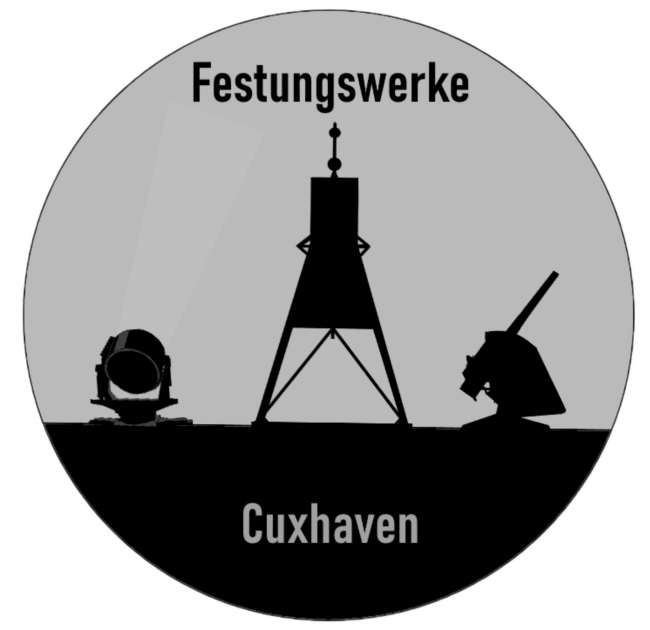
Reichsarbeitsdienst (RAD)
Since 1935, the Nazi regime made six-month labor service compulsory for young men between the ages of 18 and 25, and voluntary for women. Under the motto "With spade and ear of corn," these work columns moved through Germany, draining moors, cultivating new farmland, or helping to build the Reich's motorways and the West Wall - usually equipped only with spades. The Reich Labor Service (RAD), which was attached to the Reich Ministry of the Interior and headed by Reich Labor Leader Konstantin Hierl (1875-1955), originally served to deal with unemployment. The total strength of the RAD in 1935 was around 200,000, and by October 1939 it had increased to 350,000 people. The RAD was divided into 30 work districts, 182 groups, and 1,260 departments. A few days after the start of the Second World War on September 1, 1939, compulsory labor service was also introduced for young women, who took on charitable tasks as "working maids," relieved mothers of household chores, or were called upon to work in agriculture. Male work groups supported the Wehrmacht during the war, mostly as construction and repair crews and manned anti-aircraft guns. In 1943, the RAD became the supreme Reich authority, reporting directly to Adolf Hitler.Source: Arnulf Scriba / German Historical Museum, Berlin
Organisation Todt
The "Organisation Todt" (OT) was founded in May 1938, when AH commissioned Fritz Todt, who had proven himself in the construction of the Autobahn, to work on the construction of the West Wall, which had previously been managed by the Wehrmacht. Todt developed an effective institution from the cooperation of construction authorities, private companies and, until the start of the war in 1939, also the Reich Labor Service (RAD). It was not the result of a legislative or executive decision; there was neither an order nor a law or a regulation governing its formation. Hitler coined the name "Organisation Todt" at the Reich Party Congress in 1938. It quickly developed from small beginnings into the most important organization for the war outside the Wehrmacht and the SS. Its structure changed from year to year, it was adapted to the requirements of the respective orders. After the construction of the West Wall, the OT was transformed into a military-structured construction organization at the start of the Second World War. It was directly subordinate to Todt as Reich Minister for Armaments and Munitions. The Wehrmacht's construction units were integrated into the OT. The German workers of the OT wore olive-green uniforms and were subject to a quasi-military service obligation. After the war began, all of the OT's construction projects in the German-occupied areas and in the German Reich relied primarily on recruited volunteers from Western European countries. From 1943, forced laborers and prisoners of war also had to work under extremely difficult conditions on the OT construction sites. Towards the end of 1944, the OT had around 1,360,000 workers, of whom only around 60,000 were German.
In the autumn of 1940, construction work began to expand the submarine bases on the French west and south coasts and to build large bunkers for submarines. With Hitler's order in December 1941, the OT began to build the fortress-like extension of the European Atlantic coast into the "Atlantic Wall". Bunkered artillery and crew positions required extensive personnel deployment and huge quantities of material. In addition to setting up defensive structures, the OT's most important tasks in the occupied territories were the construction of transport routes, telecommunications networks, factories, raw material extraction facilities, bridges and barracks. It was also responsible for important work for the German war economy, such as securing, repairing and restarting economic facilities and using resources in the conquered territories.
After Todt's death in February 1942, the OT was reorganized under his successor Albert Speer. Xaver Dorsch (1899-1986) was head of the OT headquarters from the beginning of 1941. From the beginning of 1943, the OT built launch bases for the "retaliation weapons" under development, the V1 flying bomb, the V2 long-range rocket and the V3 long-barreled cannon in northern France. In the summer of 1943, the OT began to be deployed in German Reich territory to repair air raid damage, to expand air raid shelters for the civilian population, for industrial construction projects and to build underground armaments and fuel plants.Robert Thoms / German Historical Museum, Berlin
The Marine Construction Battalion 314 was set up on August 26, 1939 in Cuxhaven/Sahlenburg with three companies and deployed in the area of the North Sea naval station. In 1942, the battalion was increased from three to four companies. In 1942, it was subordinate to the German Bight Marine Fortress Pioneer Staff under the German Bight Coastal Commander and was deployed as follows: The staff was in Marne/Schleswig Holstein 1st Company in Marne 2nd Company in Cuxhaven 3rd Company in Westerland 4th Company in Cuxhaven At the end of 1942, the battalion was renamed Marine Fortress Pioneer Battalion 314. Source: Lexikon der Wehmacht


